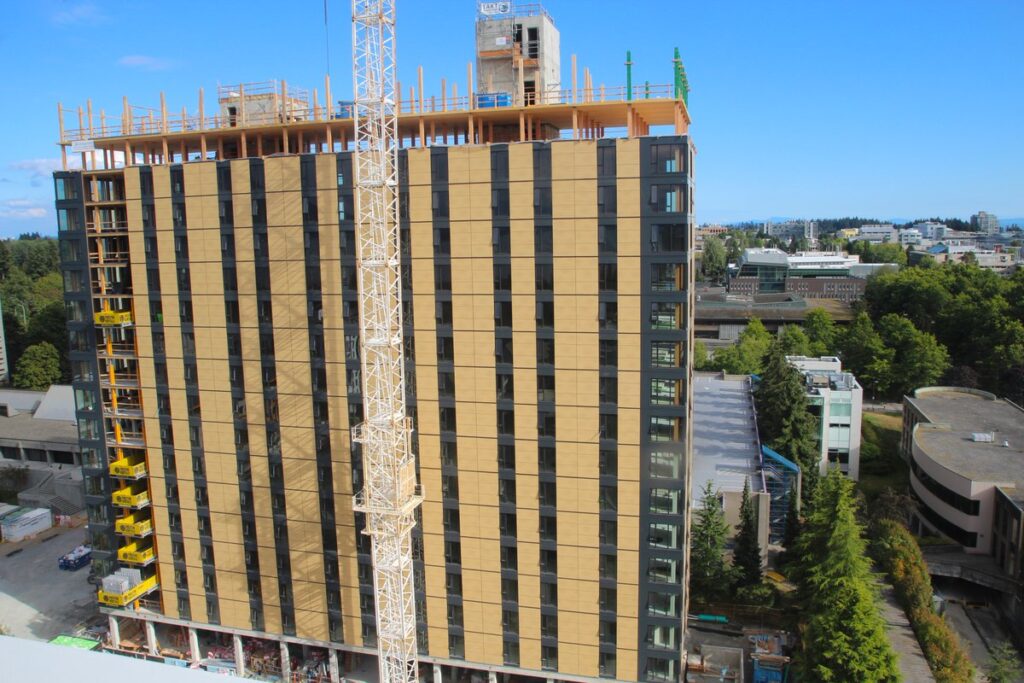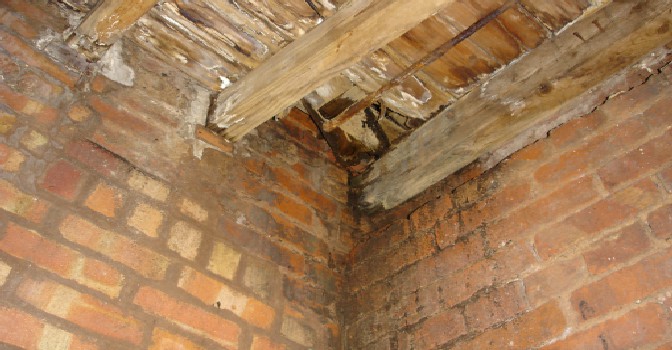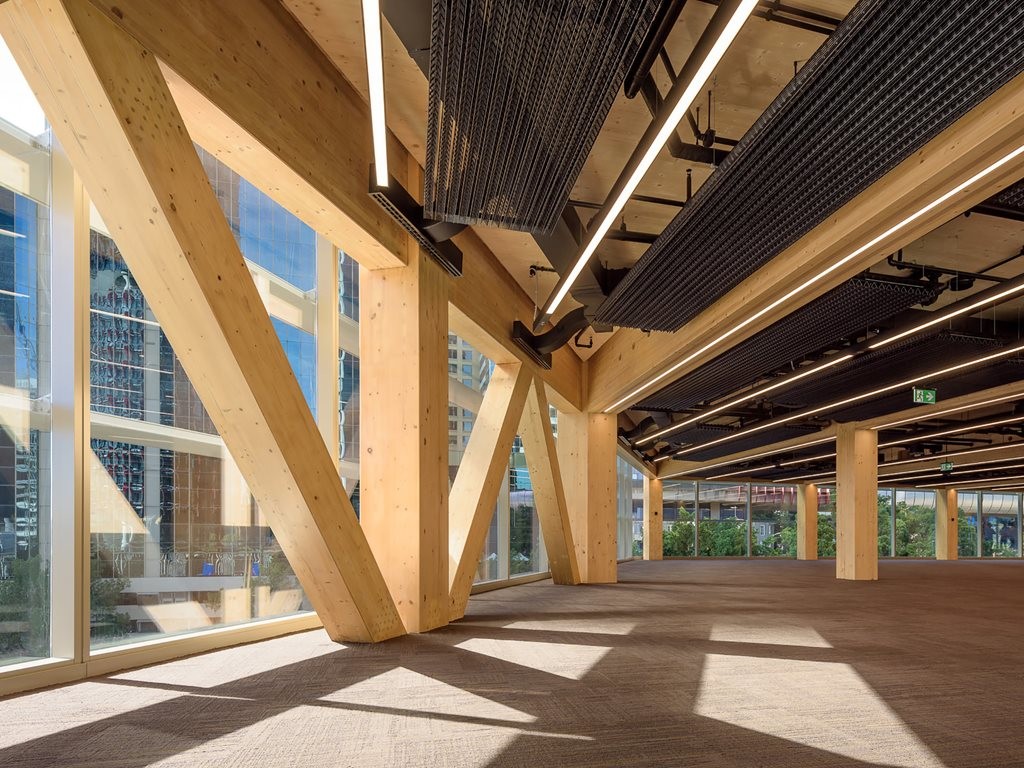Despite timber being one of the earliest structural materials around and its globally recognized status for sustainability, the tallest Timber building is still the 18-Storey building at the University of British Columbia, why?

Timber, which is primarily known as wood, has long been used as structural material for centuries. In fact, it can be argued that its use as a structural material, dates back into antiquity, predating the advent of steel and concrete. Timber was used to construct bridges, jetties and low-rise buildings. Today, the use of timber has seen significant advances. Modern advanced timber products, now available, coupled with the good sustainability characteristics of timber as a structural material has seen interest in structural timber grow.
However, structural timber, despite constituting one of the earliest construction materials, the tallest mass timber building in the world is still the 18-storey Tallwood House at Brock Commons at the University of British Columbia (UBC) in Canada, albeit soon to be eclipsed by the 24-storey HoHo Tower in Vienna. Steel and Concrete which came later have been used to construct far taller structures. Hence, it begs the question: Does it makes sense to build Tall with timber? Could we build a sustainable timber building for the same price as the conventional steel or concrete building?
In this article, we will answer this question by exploring the merits and pitfalls of building tall with timber.
Merits of Building Tall with Timber
Sustainability
One of the main advantages of building tall with timber is its excellent ecological properties and sustainability. Wood is a renewable resource, which means it can be grown and harvested again and again. Additionally, trees absorb carbon dioxide from the atmosphere, which helps to mitigate climate change. When used in construction, timber can also store carbon dioxide, making it a carbon-neutral building material. Therefore, building tall with timber can help to seen as a step in the right direction towards achieving Net Zero
Aesthetic Appeal
Timber is a beautiful material that can enhance the aesthetic appeal of a building. Tall timber buildings can have a striking appearance and can create a unique skyline. Additionally, timber has a warm and natural look, which can create a cozy and inviting atmosphere.
Energy efficiency
Timber is a natural insulator, which means it can help to reduce energy consumption in a building. Tall timber buildings can also be designed to maximize natural light and ventilation, which can further reduce energy consumption.
Structural strength
Timber has excellent strength-to-weight ratio, which means it can support a significant amount of weight. When engineered properly, timber can also meet the necessary fire, seismic, and wind resistance requirements for tall buildings.
Pitfalls of Building Tall with Timber
Fire risk
One of the main disadvantages of building with timber is its fire risk. Timber is a combustible material when compared to steel and concrete. This implication is that it can ignite and spread fire quickly.
While there are ways to mitigate this risk, such as treating timber with fire retardants, designing timber structures with fire-resistant materials, and installing fire sprinkler systems, however when dealing with the risk of a fire on a tall building, a very combustible material like timber, tends to be very problematic.
Moisture damage
Timber is hygroscopic material that is highly susceptible to moisture damage. This can manifest in the form of rot, mold, and sometimes insect infestation. However, this is a risk can be mitigated by using treated timber, applying waterproofing measures, and designing buildings with proper ventilation.

Structural limitations
Perhaps, the biggest and most important pitfalls of building tall using timber is in its structural limitations. First, timber is a significantly lighter than reinforced concrete and structural steel. While this can seem to offer an advantage, since a lighter building translates to smaller foundations, however, this also presupposes that being lighter means that timber buildings are more sensitive to lateral loads. And this only gets worse with increase in height.

Secondly, while timber has excellent strength-to-weight ratio, it relatively-structurally weak. And it can only make sense for the stronger materials to carry heavier loads and the weaker material to carry lighter loads. Timber is not able to support as much weight as steel or concrete structures, which can limit their use in high-rise buildings. For instance, larger than usual columns are required when working with structural timber. This can increase the cost of manufacturing, fabrication and erection. It also reduces the useable floor spaces. Additionally, tall timber buildings may require more intricate and expensive engineering to ensure their structural integrity.
Cost
Last on this list is cost. Building tall with timber is more expensive than traditional structural materials like reinforced concrete and structural steel. While timber itself is relatively inexpensive, the cost of engineering, fabrication, and installation can be significantly high due to the complexity associated with tall timber structures.
See: Timber as a Structural Material
Does it make sense to build tall with timber?
Having considered the merits and pitfalls of building tall with timber: does it make sense to build tall with timber? The answer is ‘it depends.’ And it absolutely depends on the various factors, such as the building’s intended use, location, and budget. Building tall using timber does makes sense when the structural viability and cost compares fairly with those of other traditional materials.